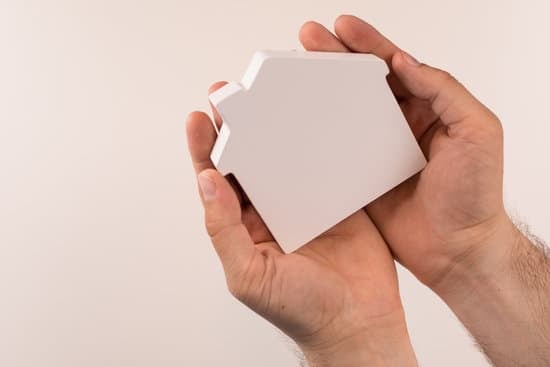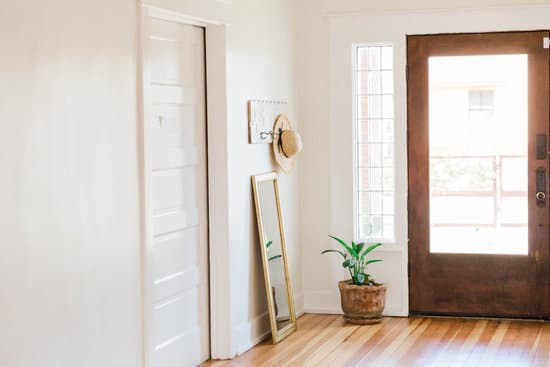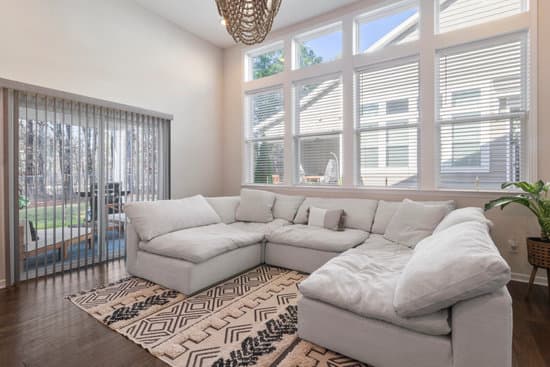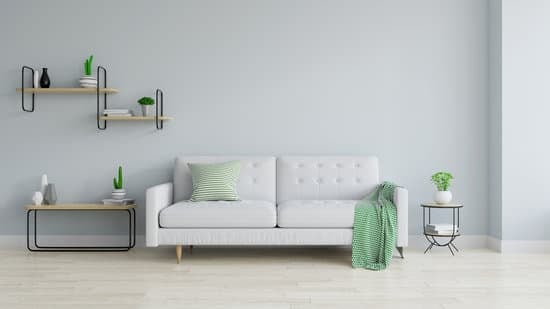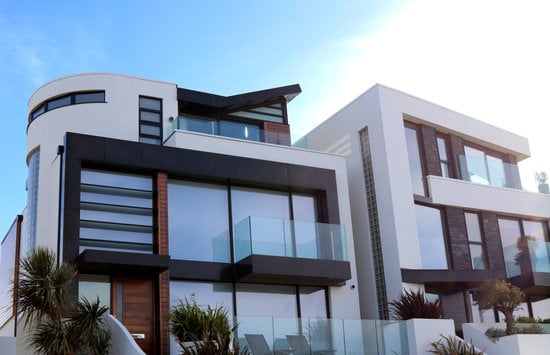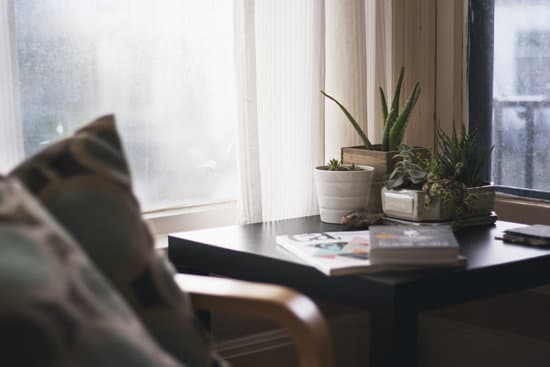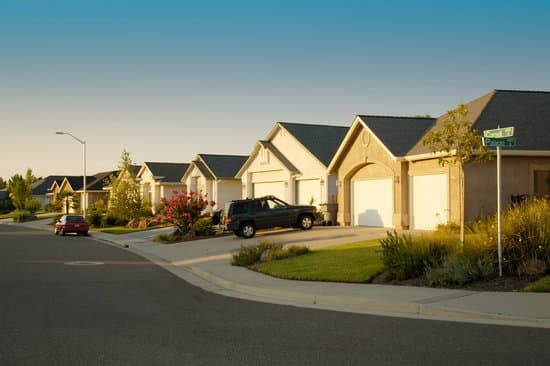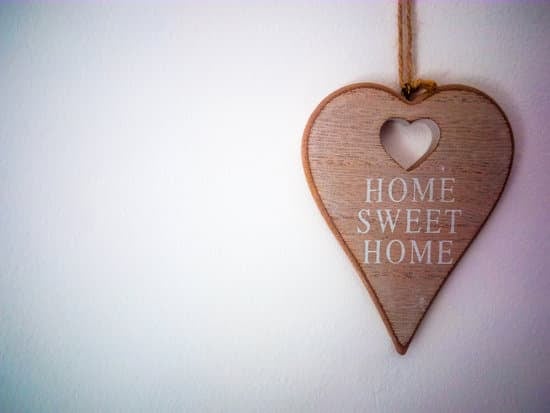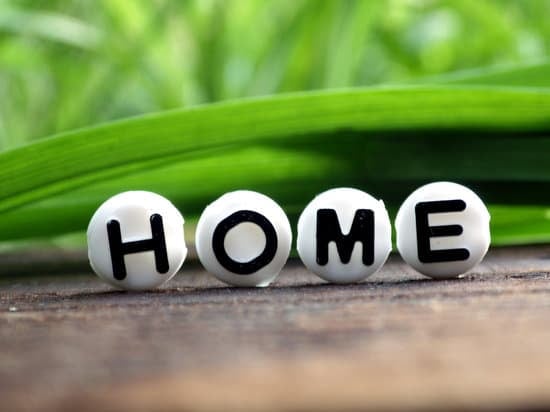Tropical house design is a type of architecture that is specifically geared towards dealing with the natural elements of tropical climates. With a focus on airflow, integration, and climate, tropical houses are designed to stand out from their surroundings while still blending in with the natural environment. Here are some key features of tropical house design:
Open floor plans: One of the hallmarks of tropical house design is an open floor plan. This allows for plenty of airflow, helping to keep the interior cool and comfortable despite the hot and humid conditions outside.
Indoor-outdoor living: Tropical houses often blur the line between indoor and outdoor spaces, with large openings that allow for easy access to the outside. This helps to create a seamless environment that feels connected to the lush tropical landscape outside.
Natural materials: In keeping with the organic feel of tropical design, natural materials like wood and stone are often used in construction. These materials help to create a sense of warmth and earthiness, while also being durable enough to stand up to the tropical climate.
Sheltered outdoor spaces: Since tropical climates often experience heavy rainfall, it’s important to have sheltered outdoor spaces where you can still enjoy the beauty of the outdoors without getting wet. Tropical house design often incorporates covered patios, decks, or verandas that provide shade and protection from the elements.
Sustainable design: Given the natural beauty of tropical landscapes, it’s no surprise that sustainability is an important consideration in tropical house design. Many designers incorporate features like rainwater harvesting, solar panels, and natural ventilation to create homes that are self-sufficient and eco-friendly.
Overall, tropical house design is all about creating a harmonious relationship between the natural environment and the built environment. With its focus on sustainability, connection to nature, and comfortable living spaces, it’s no wonder that this style of architecture is becoming increasingly popular around the world.
